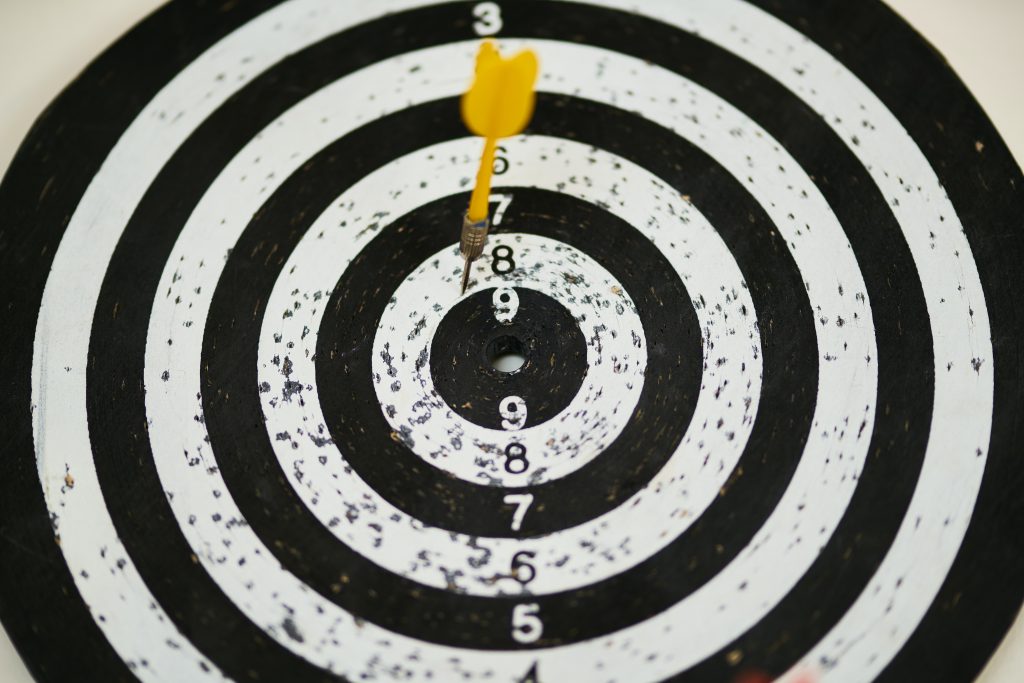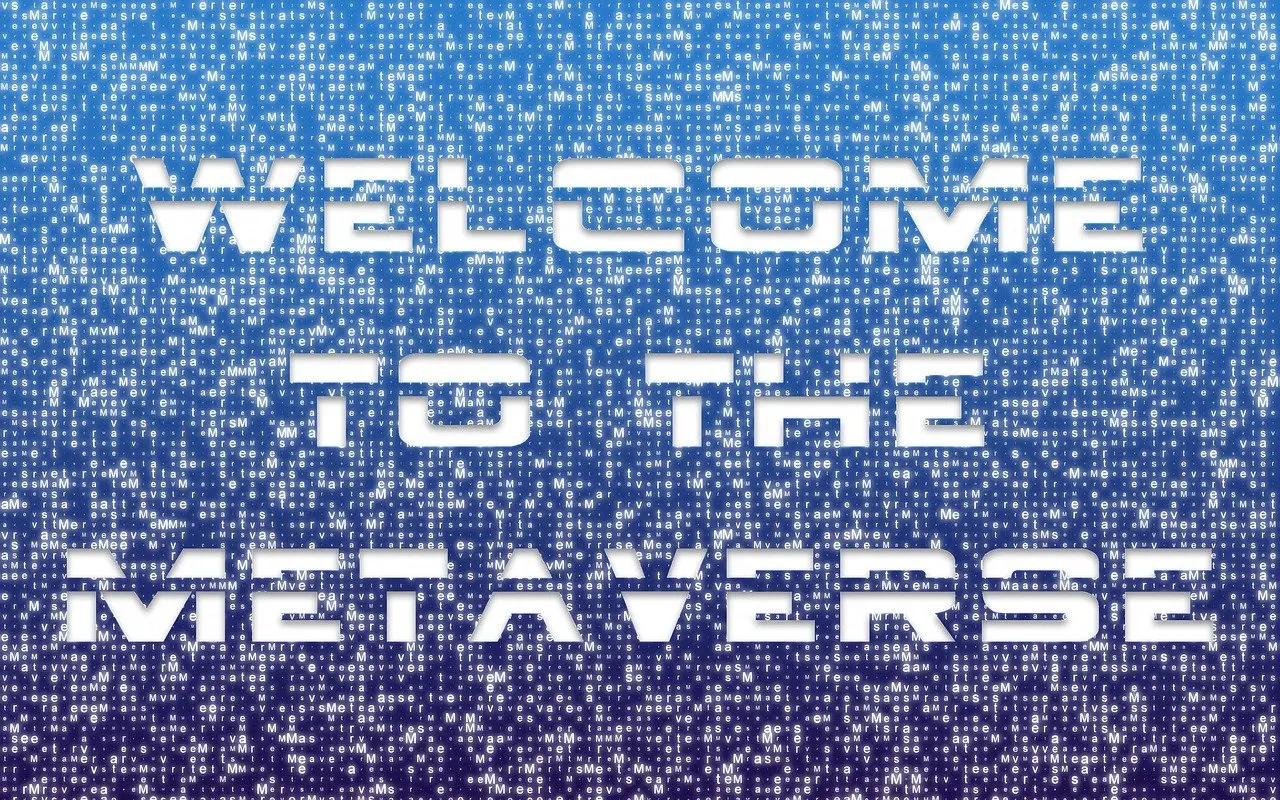To maximize engagement and offer value to your audience, create a lede that speaks to their needs and reveals the topic you’re writing about.
The introduction is arguably one of the most important parts of an article. If you don’t attract the attention of your audience there, it doesn’t matter how good the body of the piece is or how outstanding the facts you present are.
And the lede is a huge part of what makes a good introduction. It’s the opening sentence of an article that summarizes the most important parts of that content. A lede needs to present value to your intended audience. Basically, it needs to tell them: Is this article going to give me the information I want?
What’s the difference between a lede and a hook?
The hook and the lede are pretty similar, and many writers use these words interchangeably. However, there is a slight difference. Which one you’ll use depends on how you want to present your article.
Hooks are often more attention-grabbing and verbose. Use these when you have more room in your introduction to set up your story, starting with a snappy fact and then funneling down to your thesis. A lede, on the other hand, is often more formal and informative. It’s succinct.
For the purposes of this article, we’ll focus on ledes.

Where to begin: Targeting the right audience
The first thing you need to do when crafting your lede (and your article in general) is know who your audience is. Ask yourself:
- Is the audience B2B or B2C?
- Are you targeting a certain gender, age or even geographic location?
- Do you know their expertise and knowledge level in the subject you’re talking about?
- Do you know what your audience needs and wants?
- For what purpose are they reading your article?
The answers to these questions are then translated into how you present your information.
Additionally, you need to establish the right tone, style and voice, as well as the right depth of information and any sub-topics you want to focus on. That way, you can zone in on the most important points for your audience and offer the most value.
Crafting an appealing lede
Showing the value of your article is especially crucial when you’re writing your lede. You have to get your audience interested in what you are about to say.
But it’s really important here not to mislead them. Don’t make sweeping, dramatic claims that are irrelevant to your topic. In doing so, you’ll grab their attention for a second, but they’ll quickly leave your page when they realize the introduction has nothing to do with the rest of the content.
To avoid any misguidance and confusion, as you write the lede, ask yourself:
- Is this first sentence hinting at anything relevant?
- Is this first sentence about the topic that I’m writing about?
- Would I, as a reader, be thrown off by any disconnect between the lede, the introduction and the topic of the article?
It would be helpful to think of your lede almost like a thesis statement. It highlights the argument or topic that you’re going to write about as well as the points you’ll make to provide proof or support.
What’s the ideal balance between focusing the content on your services and focusing it on the target audience’s goals?
If your goal is to educate your audience and help them solve their problems, you’ll want to focus more on your readers and their wants, needs and goals.
If your goal is to convert prospects, then you’ll want to emphasize your services and sales pitch a little more by directly mentioning your company and your products or including hyperlinks to your website.
In reference to the lede and the introduction in general, most often you’ll want to focus on the audience’s goals. At that point in their reading, your audience cares more about finding a solution to their immediate problems than learning about your offerings or how you could theoretically help them. You need to prove your knowledge and ability to help them first before you start talking about your services.
In summary
Every part of a piece of content is critical to its success.
It’s like a puzzle: If a piece is missing, it is not complete, and it doesn’t look right. When you’re putting a puzzle together, you start at the beginning. You map out what the puzzle’s picture will look like to help you get a clearer idea of where you need to go next.
The lede is the same way. It maps out the topic and hints at what you will learn if you keep reading the article. Remember that the lede is all about the audience. You have to learn their needs and wants, get their attention and provide value to motivate them to continue reading.
Need help?
If you have a content marketing program or are planning one, download our e-book 100 Mistakes Businesses Make When Starting, Optimizing and Scaling Content Marketing Programs.
This e-book will walk you through the mistakes of hundreds of other companies and the challenges they faced in implementing their content marketing programs. To learn more about how Tempesta Media can help you streamline your content creation process and deliver quality content at scale, contact us today.










